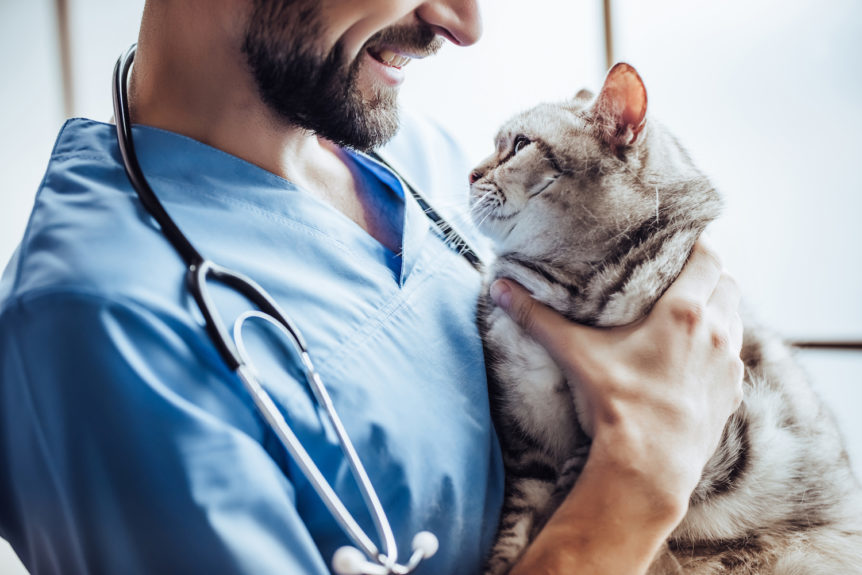Ensuring that your practice or shelter is clean and welcoming to your patients is always an utmost concern, as not only does it impact your patient’s health and stay, but it reflects your care for their well-being. While you may disinfect surfaces and equipment regularly, it can be challenging to keep pathogens at bay, especially if your patients aren’t showing signs or symptoms of infection. As patients come and go throughout the day, hospital-associated infections can quickly become a concern, but there are ways that they can be mitigated!
What are HAI’s
Hospital-associated infections or HAI’s for short, are infections that can be contracted within a healthcare facility, including veterinary practices. Every day, new patients enter into practices in need of surgery, treatment, or a bit of loving care, but with them can come pathogens that may be harmful to other animals. HAI’s can cause patients to have to prolong their stay at a practice as they now must receive treatment for an illness that they may have contracted within the practice itself! Timing matters, as infections are typically considered to be HAI’s if they appear within 48 hours after admission or within 30 days after the patient has left the practice. While the majority of HAI’s can be treated, they can quickly impact the health of an animal who has already been admitted, as their immune systems may have been compromised by a previous illness or surgical procedure.
The frequent disinfection of surfaces and equipment can help to prevent the spread of the majority of HAI’s between patients, but staff members must also wash their hands, as it has been concluded that “veterinary personnel are considered the most common mode of transport for hospital-associated infections.” We know that your practice is busy, and when an HAI is added to the mix, disinfecting regularly can take you away from spending precious time with your patients, but with Rescue® Veterinary Disinfectants, we can make the disinfecting process easier.
Disinfect Thoroughly and Regularly!
As plants and animals can only thrive and grow in environments specific to them the same is true for bacteria. Bacteria commonly grows in areas that are warmer in temperature, are moist, have a neutral pH balance, and are rich in oxygen. Think of all of the places in your veterinary practice that fit that description! That is why we have created three formats of Rescue® Veterinary Disinfectants to make the disinfecting process easier! From our wipes, to spray, to concentrate, it is easier than ever to determine the product you need to disinfect equipment, floors, surfaces, and any area or item that an infected animal has come into contact with. To learn more about Rescue® Veterinary Disinfectants and it’s unique composition, click here.
While it is necessary to disinfect surfaces and equipment after every use, it is also important to disinfect your practice at the start of every day. Even though pathogens are destroyed by regular disinfection, remaining bacteria, no matter how small, may regrow or spread overnight, especially if patients are staying at your practice after hours for extra special attention. By starting the day with a practice that has been freshly disinfected, you can reduce the chance of pathogens spreading to patients who may be entering your practice for the first time.
If you would like to learn more about Rescue® Veterinary Disinfectants, visit our blog! If you would like a free sample of our Rescue® Wipes, just click here and fill out the form. See the power of Rescue® Veterinary Disinfectants, today!

